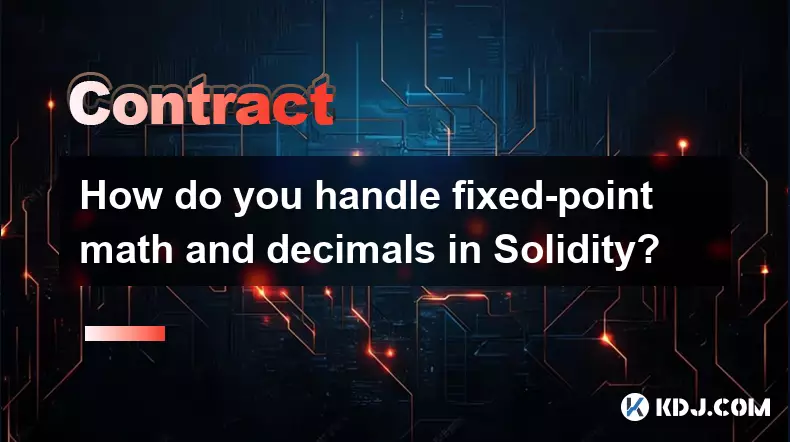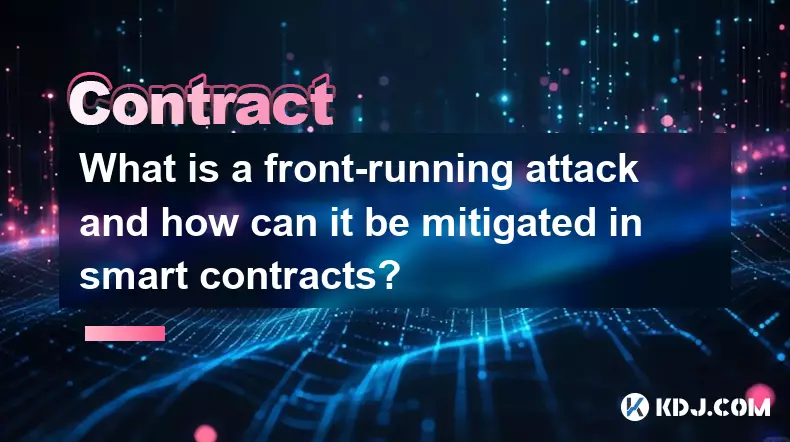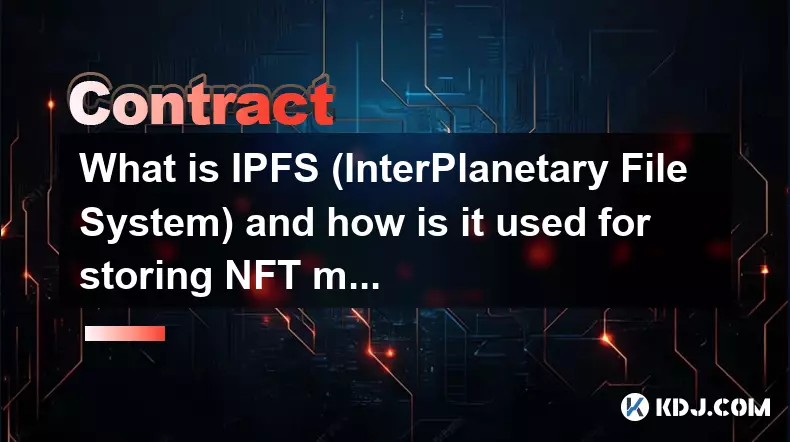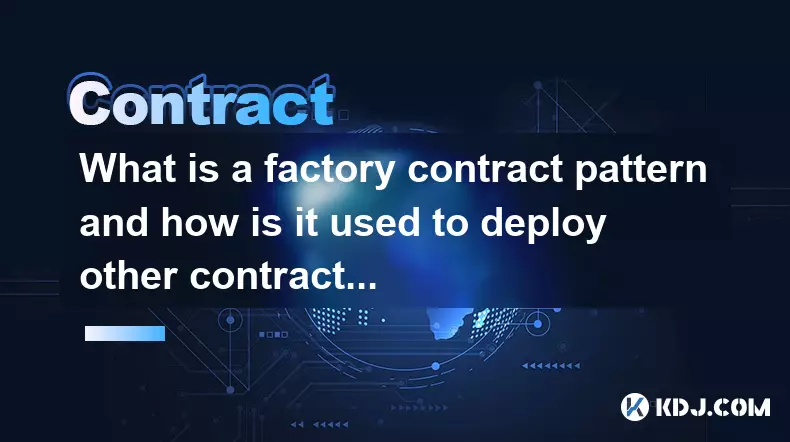-
 bitcoin
bitcoin $102877.190955 USD
1.88% -
 ethereum
ethereum $3430.435064 USD
4.52% -
 tether
tether $0.999264 USD
-0.05% -
 xrp
xrp $2.307310 USD
4.49% -
 bnb
bnb $987.740692 USD
3.82% -
 solana
solana $161.947760 USD
3.97% -
 usd-coin
usd-coin $0.999712 USD
-0.05% -
 tron
tron $0.292810 USD
2.93% -
 dogecoin
dogecoin $0.179738 USD
10.70% -
 cardano
cardano $0.580716 USD
8.75% -
 hyperliquid
hyperliquid $42.463448 USD
8.40% -
 chainlink
chainlink $15.763437 USD
7.05% -
 zcash
zcash $649.595636 USD
17.21% -
 bitcoin-cash
bitcoin-cash $511.610261 USD
7.19% -
 stellar
stellar $0.292537 USD
7.91%
The Difference Between Perpetual Contracts and Traditional Futures Explained.
Perpetual contracts dominate crypto derivatives trading, offering leveraged, expiry-free positions with funding rates aligning prices to spot markets.
Nov 04, 2025 at 02:36 am

Understanding Perpetual Contracts in the Crypto Derivatives Market
1. Perpetual contracts are a unique type of derivative instrument primarily used in cryptocurrency trading platforms. Unlike traditional futures, they do not have an expiration date, allowing traders to hold positions indefinitely as long as margin requirements are met.
2. These contracts are designed to track the price of the underlying asset closely through a mechanism known as funding payments. Traders on one side of the market pay those on the other side at regular intervals, incentivizing price alignment with the spot market.
3. The absence of expiry removes the need for contract rollover, simplifying long-term trading strategies. This is particularly useful in volatile markets where timing the expiration of futures can complicate position management.
4. Leverage is commonly offered on perpetual contracts, sometimes up to 100x depending on the exchange and asset. While this amplifies potential gains, it also increases liquidation risks during sharp price movements.
5. Perpetuals dominate crypto derivatives volume, with major exchanges like Binance, Bybit, and OKX reporting over 80% of their futures trading coming from perpetual contracts.
Key Features of Traditional Futures Contracts
1. Traditional futures contracts are standardized agreements to buy or sell an asset at a predetermined price on a specified future date. They originated in commodity markets and are now widely used across equities, indices, and cryptocurrencies.
2. Each contract has a fixed settlement date, after which it either settles in cash or requires physical delivery, depending on the terms. This structure necessitates active management when approaching expiry.
3. Institutions frequently use futures for hedging purposes. For example, a mining company might short Bitcoin futures to lock in revenue regardless of future price fluctuations.
4. Trading occurs on regulated exchanges such as CME and CBOT, where oversight ensures compliance with financial standards. These venues typically require KYC and operate under strict jurisdictional frameworks.
5. CME’s Bitcoin futures, launched in 2017, marked a pivotal moment for institutional adoption, offering a compliant gateway for hedge funds and asset managers into digital assets.
Comparing Mechanics and Market Behavior
1. Funding rates in perpetual contracts create a self-correcting system that keeps the contract price tethered to the spot index. When the perpetual trades above spot, longs pay shorts; when below, shorts pay longs.
2. Traditional futures converge toward spot price as expiration nears due to arbitrage opportunities. However, no ongoing funding mechanism exists—pricing relies on interest rate differentials and carry costs.
3. Volume distribution differs significantly. Perpetuals attract speculative retail traders seeking leverage and flexibility, while quarterly futures draw institutional players focused on macro positioning and risk mitigation.
4. Liquidity patterns vary. Perpetual markets often show deeper order books on dominant pairs like BTC/USD due to continuous open interest, whereas futures liquidity concentrates around front-month contracts.
5. Settlement methods impact strategy design. Cash-settled futures eliminate delivery logistics but still require exit or rollover actions, unlike perpetuals that allow indefinite holding.
Risk Management and Margin Structures
1. Both instruments employ initial and maintenance margin, but perpetual platforms often implement automatic liquidation engines that react within seconds to adverse moves.
2. Isolated versus cross-margin options give traders control over risk exposure. Isolated limits loss to a defined amount, while cross uses total account balance as collateral.
3. Insurance funds are common on crypto perpetual exchanges to cover losses from cascading liquidations. These pools absorb debt when positions are forcibly closed below zero equity.
4. Mark price systems prevent unfair liquidations by using external price feeds instead of last traded price, reducing manipulation vulnerability during volatility spikes.
5. Exchange-specific liquidation engines have become critical infrastructure, with top platforms investing heavily in real-time risk calculation and circuit breakers.
Frequently Asked Questions
What determines the funding rate in perpetual contracts? Funding rates are calculated based on the price difference between the perpetual contract and the underlying spot index, adjusted periodically—usually every eight hours. High demand for long positions pushes the rate positive, making longs pay shorts.
Can traditional futures be traded on crypto-native platforms? Yes, several crypto exchanges now offer both perpetual and quarterly futures. Platforms like Deribit specialize in options and futures with fixed expiries, catering to advanced traders who prefer structured settlement timelines.
Why do some traders prefer quarterly futures over perpetuals? Quarterly futures provide clarity in position duration and are often used for strategic hedging or macro bets. Their convergence behavior near expiry allows predictable exits without ongoing funding costs.
How do exchanges handle negative balances in leveraged positions? Most major exchanges utilize insurance funds built from surplus liquidation proceeds. If a position collapses into negative equity, the fund covers the deficit, protecting other users from socialized losses.
Disclaimer:info@kdj.com
The information provided is not trading advice. kdj.com does not assume any responsibility for any investments made based on the information provided in this article. Cryptocurrencies are highly volatile and it is highly recommended that you invest with caution after thorough research!
If you believe that the content used on this website infringes your copyright, please contact us immediately (info@kdj.com) and we will delete it promptly.
- Ripple (XRP) in 2026: Hold or Fold? A Look at XRP's Future and Emerging DeFi Alternatives
- 2025-11-08 18:35:01
- Zcash ZEC Coin Price Explosion: From Privacy Niche to Center Stage
- 2025-11-08 18:55:01
- Berachain Price Prediction: Navigating the Honeycomb Hype in Crypto
- 2025-11-08 18:55:01
- Arthur Hayes, Gold, and Bitcoin: A Modern Monetary Trinity?
- 2025-11-08 19:15:01
- Shiba Inu's Next Move: Navigating a Shifting Market
- 2025-11-08 19:20:01
- Pakistan's Crypto Crossroads: Balancing Opportunity with Asset-Backed Realities
- 2025-11-08 19:20:01
Related knowledge

What is a state machine and how can a contract be designed as one?
Nov 08,2025 at 02:19pm
Understanding State Machines in Blockchain Context1. A state machine is a computational model used to design systems that transition between defined s...

How do you handle fixed-point math and decimals in Solidity?
Nov 08,2025 at 11:40pm
Understanding Fixed-Point Arithmetic in Solidity1. Solidity does not natively support floating-point numbers, which means developers must rely on fixe...

What is a front-running attack and how can it be mitigated in smart contracts?
Nov 08,2025 at 11:20am
Understanding Front-Running in Blockchain Transactions1. In the context of blockchain and decentralized applications, a front-running attack occurs wh...

What is IPFS (InterPlanetary File System) and how is it used for storing NFT metadata?
Nov 08,2025 at 06:00pm
Understanding IPFS and Its Role in Decentralized Storage1. The InterPlanetary File System (IPFS) is a peer-to-peer hypermedia protocol designed to mak...

What is a factory contract pattern and how is it used to deploy other contracts?
Nov 08,2025 at 04:39pm
Understanding the Factory Contract Pattern in Blockchain DevelopmentThe factory contract pattern is a design approach used in smart contract developme...

What are flash loans and how do they allow for uncollateralized borrowing?
Nov 08,2025 at 10:39am
Understanding Flash Loans in Decentralized Finance1. Flash loans represent a novel innovation within the decentralized finance (DeFi) ecosystem, enabl...

What is a state machine and how can a contract be designed as one?
Nov 08,2025 at 02:19pm
Understanding State Machines in Blockchain Context1. A state machine is a computational model used to design systems that transition between defined s...

How do you handle fixed-point math and decimals in Solidity?
Nov 08,2025 at 11:40pm
Understanding Fixed-Point Arithmetic in Solidity1. Solidity does not natively support floating-point numbers, which means developers must rely on fixe...

What is a front-running attack and how can it be mitigated in smart contracts?
Nov 08,2025 at 11:20am
Understanding Front-Running in Blockchain Transactions1. In the context of blockchain and decentralized applications, a front-running attack occurs wh...

What is IPFS (InterPlanetary File System) and how is it used for storing NFT metadata?
Nov 08,2025 at 06:00pm
Understanding IPFS and Its Role in Decentralized Storage1. The InterPlanetary File System (IPFS) is a peer-to-peer hypermedia protocol designed to mak...

What is a factory contract pattern and how is it used to deploy other contracts?
Nov 08,2025 at 04:39pm
Understanding the Factory Contract Pattern in Blockchain DevelopmentThe factory contract pattern is a design approach used in smart contract developme...

What are flash loans and how do they allow for uncollateralized borrowing?
Nov 08,2025 at 10:39am
Understanding Flash Loans in Decentralized Finance1. Flash loans represent a novel innovation within the decentralized finance (DeFi) ecosystem, enabl...
See all articles





















![The Graph Price Prediction [GRT Crypto Price News Today] The Graph Price Prediction [GRT Crypto Price News Today]](/uploads/2025/11/07/cryptocurrencies-news/videos/690d4df44fe69_image_500_375.webp)



















































